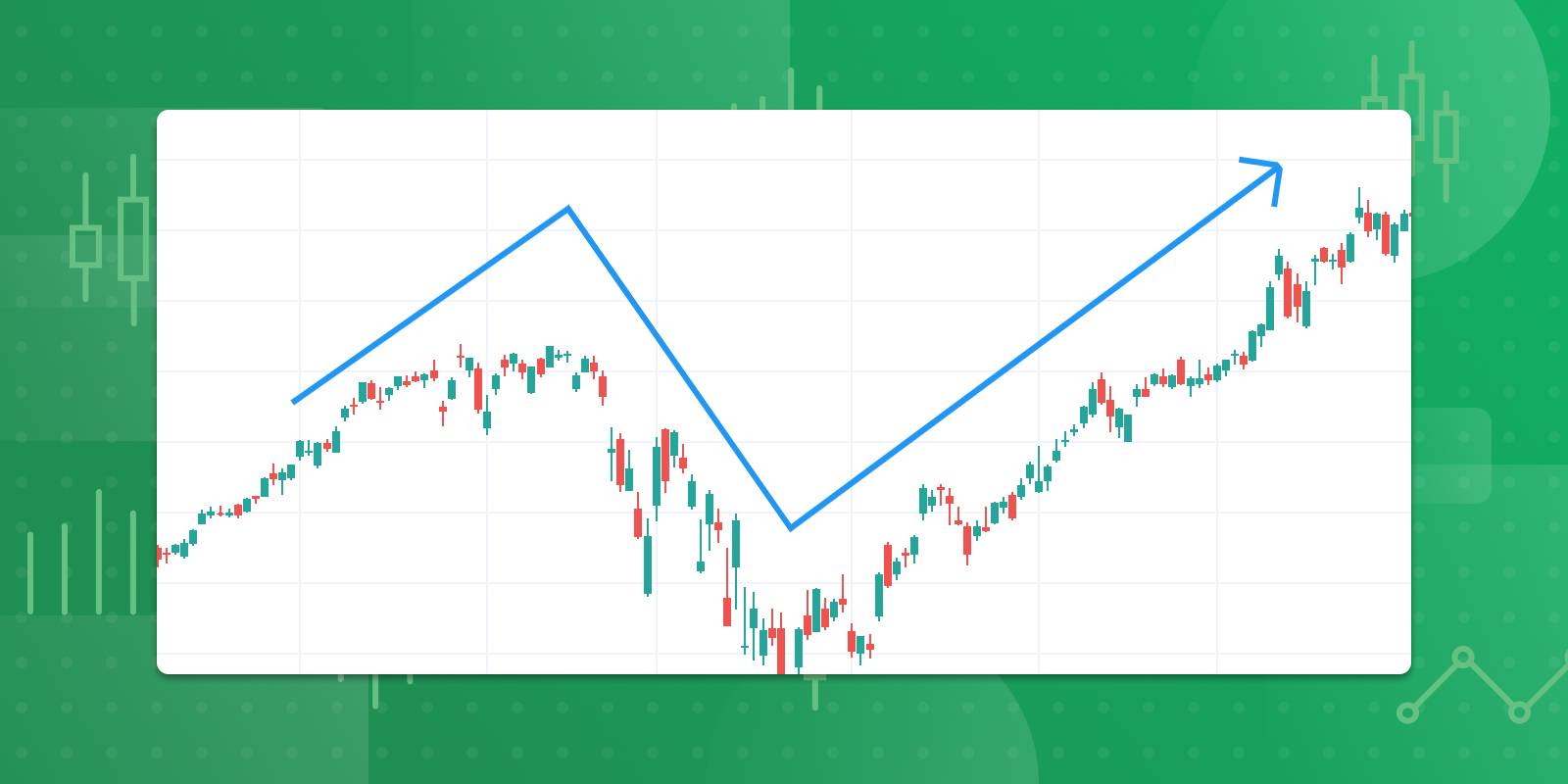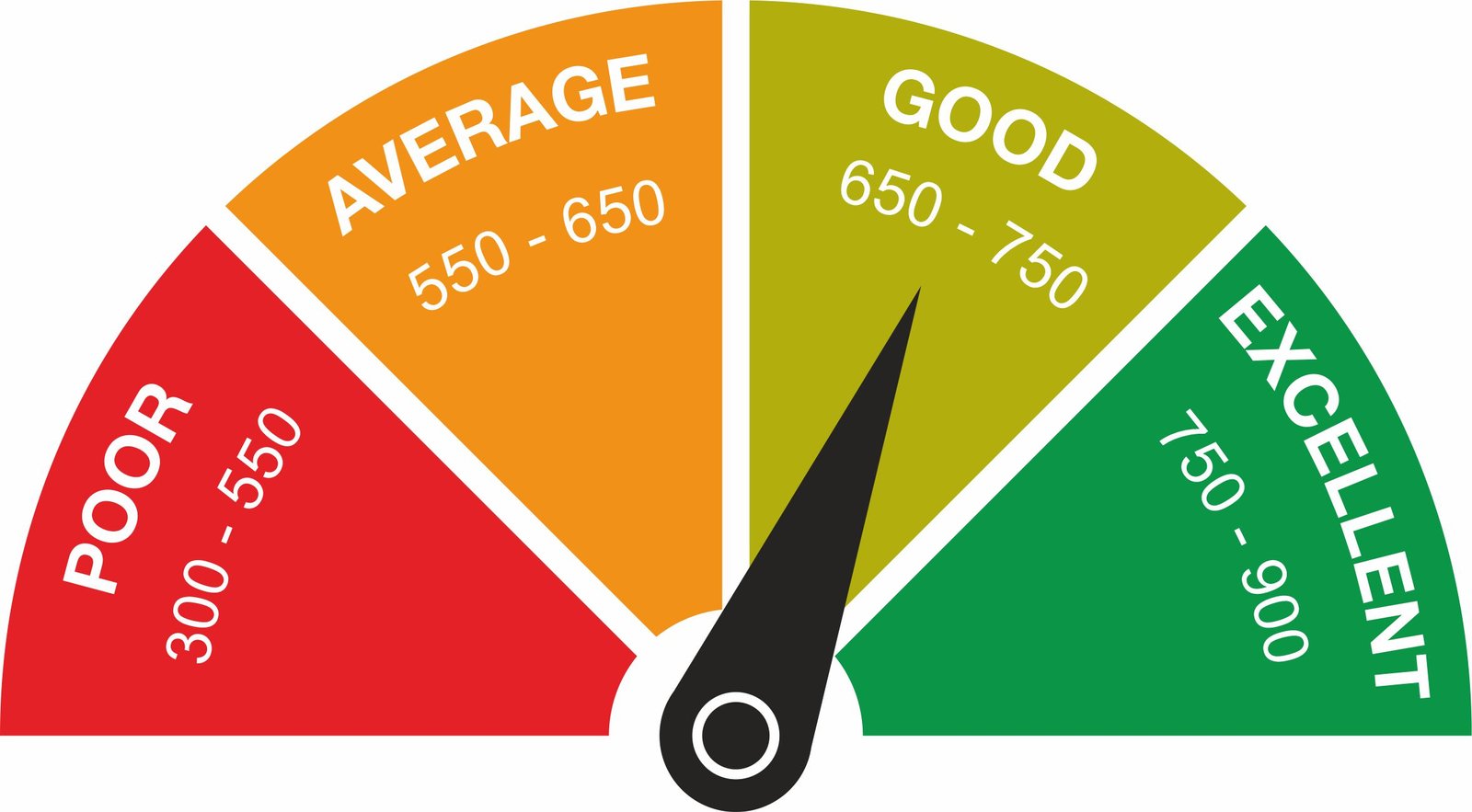Online Financial Advisors India
Robo Advisors have been in buzz for the last 1–2 years in India and for 3–4 years in the developed markets. They have come out with extremely sophisticated, easy to use online tools and also product transaction enablers. Many of them including some Indian robos have successfully raised huge funds from venture capitalists.

Online Financial Advisors India
I would encourage all the financial advisors in India to start tracking this development very closely as this is bound to have an impact on the overall advisory environment. Check out the huge numbers they have reached in a short span of 2–3 years, check out their management teams, check out their do-it-yourself tools/calculators, check out their slick & simple communication and lastly check out their business models.
For convenience of Network FP members, here I am sharing the list of top 10 robo advisory firms in India (listed alphabetically) along with their website links. Do spend some time exploring these websites. Seeing is believing !
- Arthayantra (https://www.arthayantra.com/)
- Finpeg (https://finpeg.com)
- 5nance (https://www.5nance.com/)
- BigDecisions (http://www.bigdecisions.com/)
- FinEdge (http://www.finedge.in/)
- Fisdom (http://www.fisdom.com/)
- FundsIndia (http://www.fundsindia.com/)
- MoneyFrog (https://moneyfrog.in/)
- MyUniverse (https://www.myuniverse.co.in/)
- ScripBox (https://scripbox.com/)
Don’t have time to manage your personal finance?
Make better financial decisions with our Robo advisor.

Eric Kirzner, Professor of Finance, Rotman School of Management
Q. What options are currently available to someone who wants to invest some of their hard-earned money?
Today’s investors have a number of choices. First, they can open up a discretionary account, where they give their money to a fund manager who makes the decisions for them. They would have to fill out a form, indicating their objectives and risk tolerance, and would then trust the fund manager to make decisions accordingly.
They could also invest in a ‘pooled fund’ like Gluskin Sheff or Leith Wheeler, or deal with a full-service broker. That’s the standard approach I grew up with. You open up a brokerage account and either pay the broker a fee or a commission; then they deal with an investment advisor who makes all the recommendations, which you ratify.
You could also open up a discount-brokerage account, where you make all the decisions and pay a very low commissions to the firm. Or, you could go even further down that path and do online trading completely on your own—which is what I do. You basically open up an account with one of the big banks or a firm that offers this option, and you make all of the decisions. In terms of fees, you pay something like $4.99 or $9.99 per trade, so you keep your costs really low; but you’ve definitely got to know what you’re doing.
Finally, the newest way to invest is to use a robo-advisor. Once you indicate your financial circumstances, objectives, investment horizon and risk tolerance, it presents you with a number of sample portfolios to choose from. You can then take one of the recommended portfolios and move forward and pay the firm 50 or 55 basis points to let them do the rebalancing for you.
Q. Are robo advisors a disruptive business model?
The concept isn’t new, but what these firms are doing is relatively new. I would call it a disruptive business, in the sense that they are competing with the long-standing brokerage businesses. What they do differently is, they use optimization programs with fairly detailed mathematic algorithms, and they develop sample portfolios for different risk tolerances and objectives.
Say you come in and fill out a form indicating who you are and what your tastes are, and out comes ‘Portfolio 8’, which is 40 per cent fixed income and 60 per cent equities, all invested in exchange-traded funds. If the equities start to do really well relative to the bonds, the portfolio will be rebalanced automatically.
Q. It seems that robo advisors might have access to more data than the average investment professional—and possibly better data. Is that fair?
That may be true in some cases. I think back to 15 or 20 years ago, when I got a contract with one of the large U.S. brokerage firms to do exactly this. My Rotman colleague Raymond Kan and I, along with a couple of other people, built sample portfolios for the firm—and we weren’t the first to do that, I can assure you. So in that respect, this is not new. The new piece is the ‘Uber’-ification of the process: Robo advisors are completely digital, and that really fits with the modern taste of lots of people who are embracing simple, consumer-friendly digital service models.
Q. What are some of the key benefits of this approach?
First and foremost, the costs are relatively low. To hire a human to manage your portfolio, or join a pooled fund, you will have to pay a one to 1.5 per cent fee; and if you invest in mutual funds, you will pay as much as two to three per cent in fees. If you’re dealing with a full service broker, you’ll either pay up to 1.5 per cent of your assets under administration, or a large brokerage fee. Without a doubt, trading online, on your own, is the lowest-cost way to do things. But as indicated, you need to have the discipline and the knowledge to do that. Robo-advisors are next on the low end of the cost spectrum. The benefit they enjoy is, as they get larger, there are economies of scale to be had, so they can do relatively large transactions at much lower costs.
Another plus is that a robo advisor takes some of the emotion out of investing. Once you select one that seems right for you, you can watch your statements and decide whether to stay with it or leave, but you’re won’t have to make decisions on a regular basis. That takes some of the stress out of the picture.
Q. What are the key challenges of going down this road?
Although the concept of ‘sample portfolios’ has been around for a long time, actual robo-advisors have only been around for about eight years in the U.S. and five years in Canada. At the moment, there are nine or 10 in Canada, and they all emerged in a benign economic environment, around 2014. Between then and now, markets have been pretty steady; we haven’t been through a major shake-up in the marketplace, and that raises two interesting questions.
First, if things shift suddenly, how will investors who have gone the robo-adviser route behave? The fact is, they’re not going to have a full-service broker holding their hand. They can talk to somebody at the robo-advisory firm, but it’s not the same one-on-one service scenario. Secondly, some of the robo-advisers themselves are fairly young entrepreneurs who are doing really well right now, but how would they handle a downturn? Of course, it would depend on the strength of their advisory team, their own personal discipline and other factors.
Q. Are any of the big banks embracing this approach, or is it just start-ups?
They are. One of the big banks actually approached me a number of years ago, when it was thinking about doing something like this. I predict that the banks will be fairly active in this area, because they’re already starting to dabble in it—and banks don’t do much dabbling. Once they make a decision, it generally means that they are ‘in’. So, I think we might see the banks buying up some of the robo-advisers or starting their own, in-house.
Who is running the nine or 10 that are currently operating in Canada? I won’t use the name, but one that has actually done very well was started by a young entrepreneur in his late 20’s or early 30’s. He had some investment background, but he wasn’t a veteran of the industry or an experienced tycoon. He built a young team of people who see the world through a Millennial’s lens, and that is pretty typical of these funds.
Q. You’ve said that portfolio optimization is not purely about math and data: Strong math skills are critical, but you also need to have good judgment. How does that work with robo advisors?
This is an important point, because there is always a danger of being ‘blinded by science’—of taking a model that looks really good and just accepting anything that comes out of it. Years ago, when I was building those sample portfolios I mentioned, one time I took 70 years of data and fed it into an optimization program that Ray wrote, and I got some very strange results: The recommended portfolios had a very high weighting in treasury bills and money market funds—both of which are ultra-safe securities.
I soon realized what had happened. Most optimization programs revolve around the Sharpe Ratio—a measure of risk that looks at the average return earned in excess of the risk-free rate per unit of volatility or total risk. In actual fact, there were many periods in which treasury bills had high yields. Today, money market funds yield almost nothing. You go to the bank and you get .8 per cent on a savings account or 1.3 per cent on a GIC. But there were periods in which returns on money market securities were eight, 10 or 12 per cent, and the standard deviation of volatility was very low. So, in fact, there were many periods in which short-term investing had a high Sharpe Ratio.
The point is, if you simply take the results that come out of an optimizer, you are likely going to put way too much into safety. That’s why you need to exercise some judgment. You have to make sure the results from the algorithm actually make sense—that they are reflective of current and expected conditions and that they don’t reflect some anomaly.
Q. Can a robo advisor do that?
Yes, but it really depends on who is running it. Remember, first the robo advisor builds sample portfolios and then it starts attracting clients. So, the robo advisers themselves have to do a good job on building sample portfolios, which means that they should be using good mathematical tools; but the firm’s leaders should also be exercising some judgment over the results.
Q. Could you talk a bit about the contribution of portfolio theory to robo-advising?
The notion of diversification—of not putting all your eggs in one basket—goes back about 6,000 years, to the ancient Hebrew and Greek world. In 1952, Harry Markowitz (who eventually won the Nobel Prize) published an article on portfolio theory, showing how investors should make their decisions. He put a rigorous spin on diversification: Instead of simply saying, ‘don’t put all your eggs in one basket’, he showed how it’s done, talking about correlations and co-variances among securities and how to build an efficient portfolio.
Markowitz, interestingly enough, never talked about security analysis, or trying to find under-valued securities. His focus was always on building a strong portfolio and finding the right mix that minimizes risk. Eugene Fama’s research on efficient markets, and many others, provided an ‘indexing approach’ to investing that started to develop in the 1970’s. In many ways, that was the genesis of modern robo-advisers, which also take an indexing approach. You end up with a portfolio based on a number of exchange-traded funds, most or all of which match some type of index.
Q. Can you touch a bit on active versus passive investing, and how they apply to robo advisors?
I’ve spent virtually my entire career thinking about active versus passive issues. Passive investing is what I just described: The notion of concentrating on your mix of safety, income and growth, instead of trying to find under-valued securities. As indicated, there are lots of products out there that track indexes, and that has become known as the passive approach. It’s not quite as passive as it sounds though, because you still have to decide which products to buy, and which indexes to match.
Active investing, on the other hand, involves trying to beat an index by adding value via your decision-making. Warren Buffett is an active investor, and so was Sir John Templeton, who I wrote a book with. When I developed the Easy Chair Portfolio for the Toronto Star, and co-developed the FPX Indexes for the Financial Post with Richard Croft, those were both based on passive investing approaches.
For me, it’s been very interesting to explore the tensions between the two approaches. I’ve always believed that portfolios are the most important thing for retail investors, and in these cases, there is nothing more important than getting the right portfolio mix. Many retail investors should not be wasting their time trying to find under-valued securities.
However, for institutional investors—like the people who run big pension plans or endowment funds—generally, adding value over-and-above an index is very important. These people have got to come up with nice returns to meet their pension promises, so in these cases, adding value over and above an index is important.
Q. You hold the Chair in Value Investing at the Rotman School, but as indicated, you’re a strong proponent of indexing. How do you manage to live in both worlds?
Every year, without fail, some enterprising student will say to me, ‘We’re taking your Value Investing course, but we’ve also read your stuff on indexing; how do you reconcile that?” The fact is, I’m a very strong believer in the indexing approach for most retail investors, as I’ve said. What these investors should do is concentrate on getting the right portfolio mix for people, and not try to be ‘big game hunters’ and find under-valued securities.
On the other hand, value investing can be a very successful long-term approach. When I first started teaching in the early 1970’s, we called it ‘fundamental analysis’, and I based my courses on the Graham Dodd approach. I still believe in value investing. I don’t believe that it’s the best approach for most retail investors, but for institutional investing, it can work very well.
Q. If we were to face another market correction like the one in 2007/8, what role would robo advisors play in it?
If we face another meltdown, it’s not going to be caused by robo-advisers and it’s not going to be caused by indexers. When you get a market meltdown, it’s simply because business cycles have run their course. We’ve been in a bull market for a long time now—approaching nine years. Sometimes things just run their course, and you get bubbles, as we saw with technology stocks in 1999, 2000 and 2001; and sometimes you get a credit crisis such as the horrific events of 2008. Will this be caused in any way by the robo-advising or more generally, by taking the passive road? Not in my opinion.
Q. What does all of this mean for the future of employment in financial services?
We know that all kinds of jobs are going to disappear in various fields and be replaced by other types of jobs. There is no question that the robo advisor is an assault or an intervention on the traditional brokerage business. But we know that there are many people who like to shop online, who use Uber, who do all kinds of ‘un-traditional’ things. That’s the way the world is headed, and it’s important to recognize and accept that. Does that mean traditional brokerage businesses will disappear? Of course not. But there is no question that this approach to investing is going to have a significant impact on the industry.
Eric Kirzner is the John H. Watson Chair in Value Investing and Professor of Finance at the Rotman School of Management. Each year, he takes a group of Rotman students on a trip to meet with world-renowned value investors, including Warren Buffet and Charles Brandes.
[This article has been reprinted, with permission, from Rotman Management, the magazine of the University of Toronto’s Rotman School of Management] via http://www.forbesindia.com/article/rotman/roboadvisor-the-newest-way-to-invest/52309/1
Note = We accept paid guest post , please let me know if you are interested. More details Ishantech@hotmailcom
http://ishanmishra.in/write-for-us-and-contribute-a-guest-post-for-our-growth-hacking-growth-marketing/


















